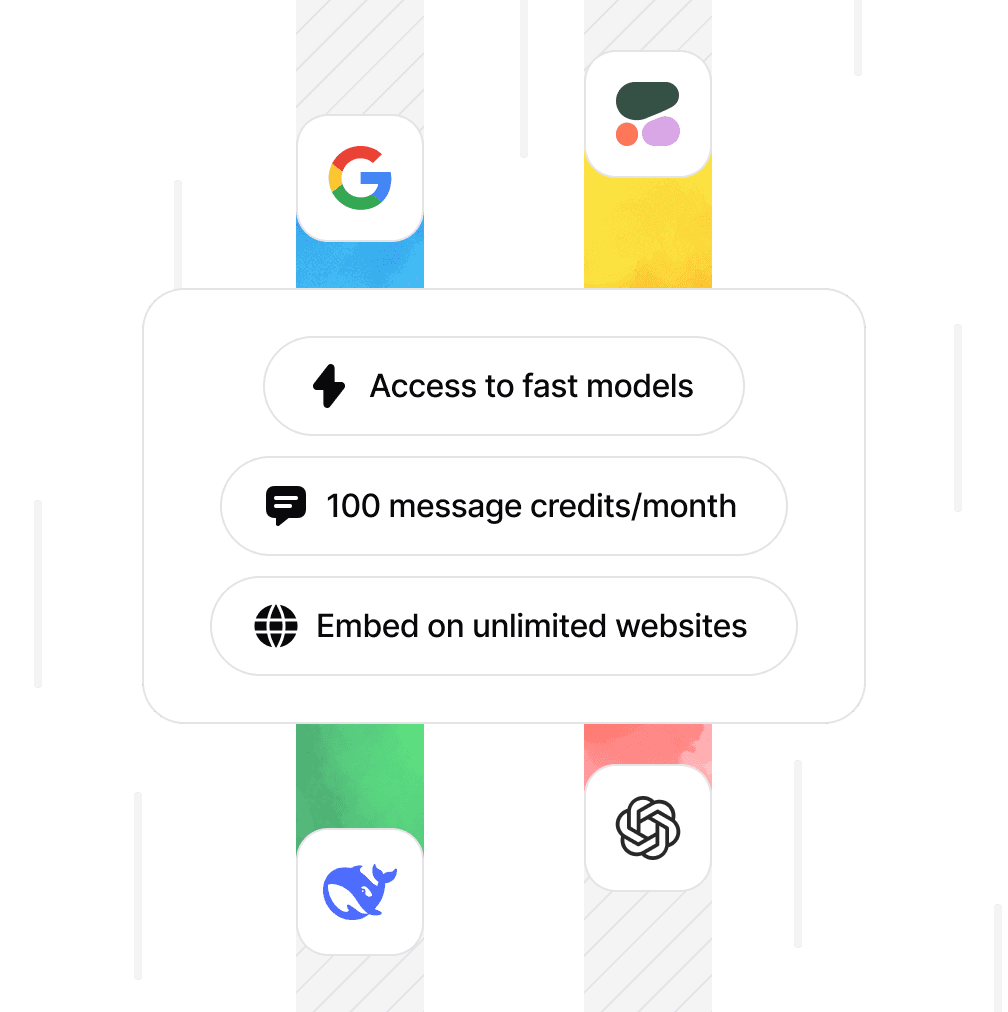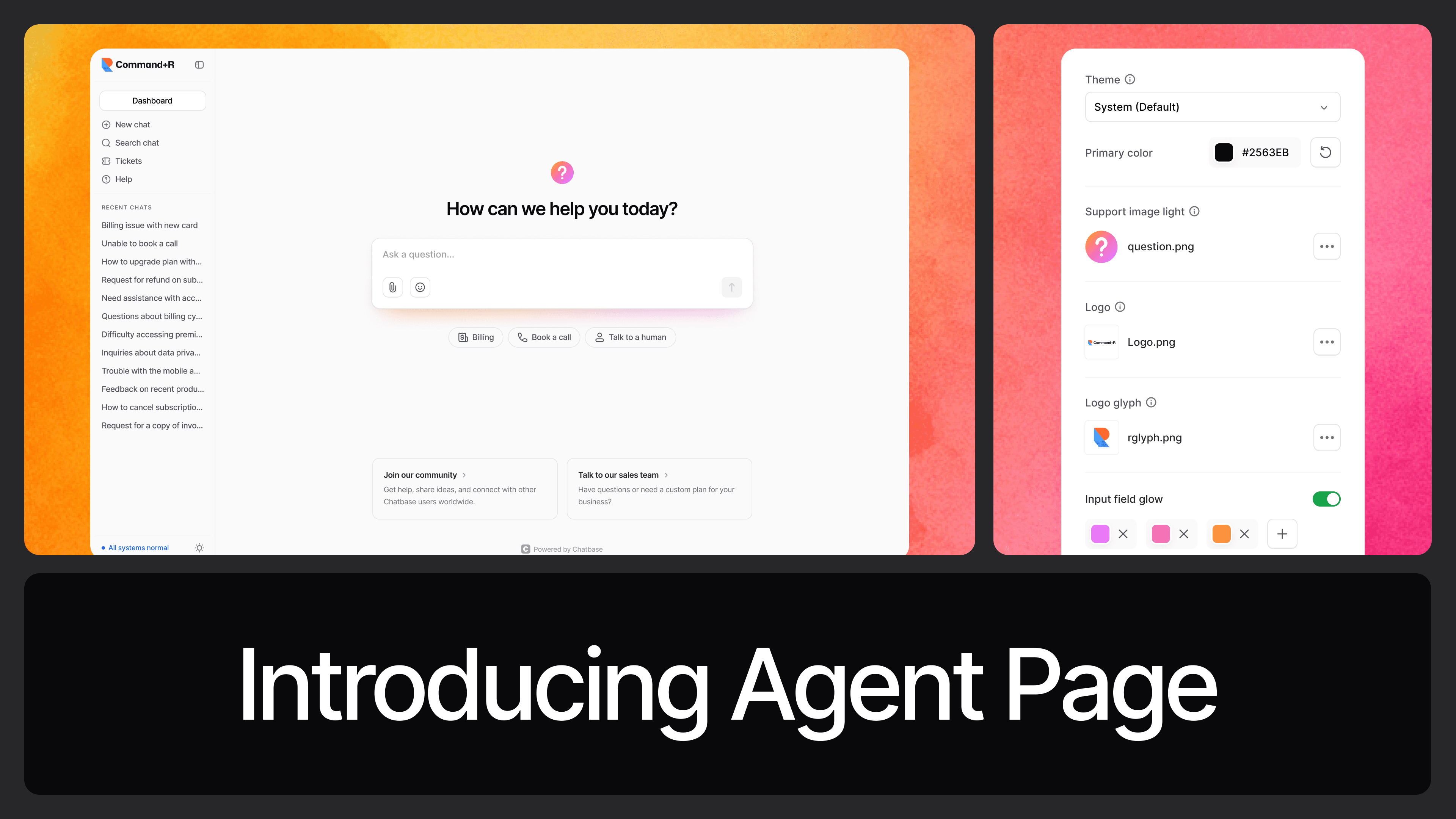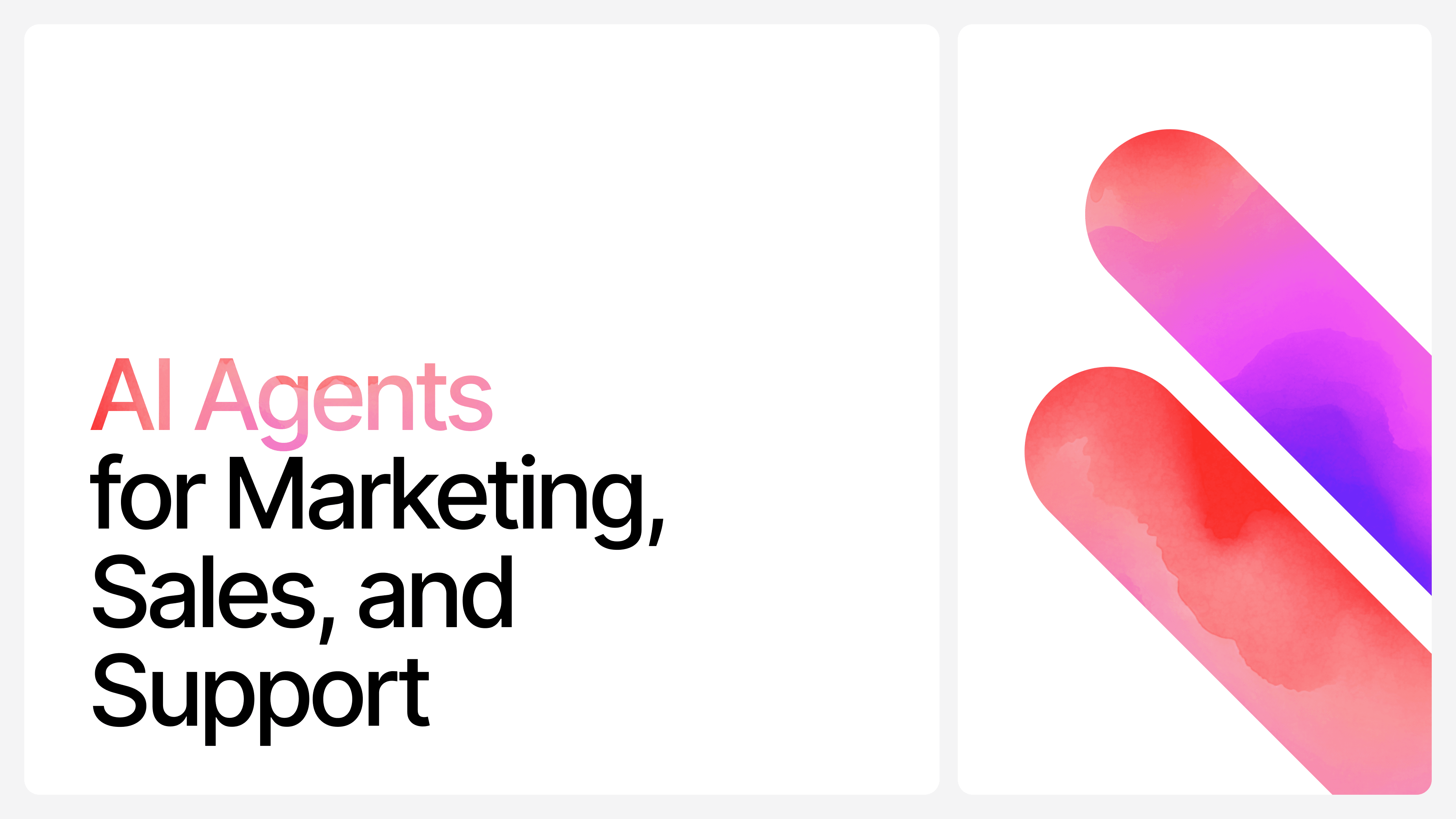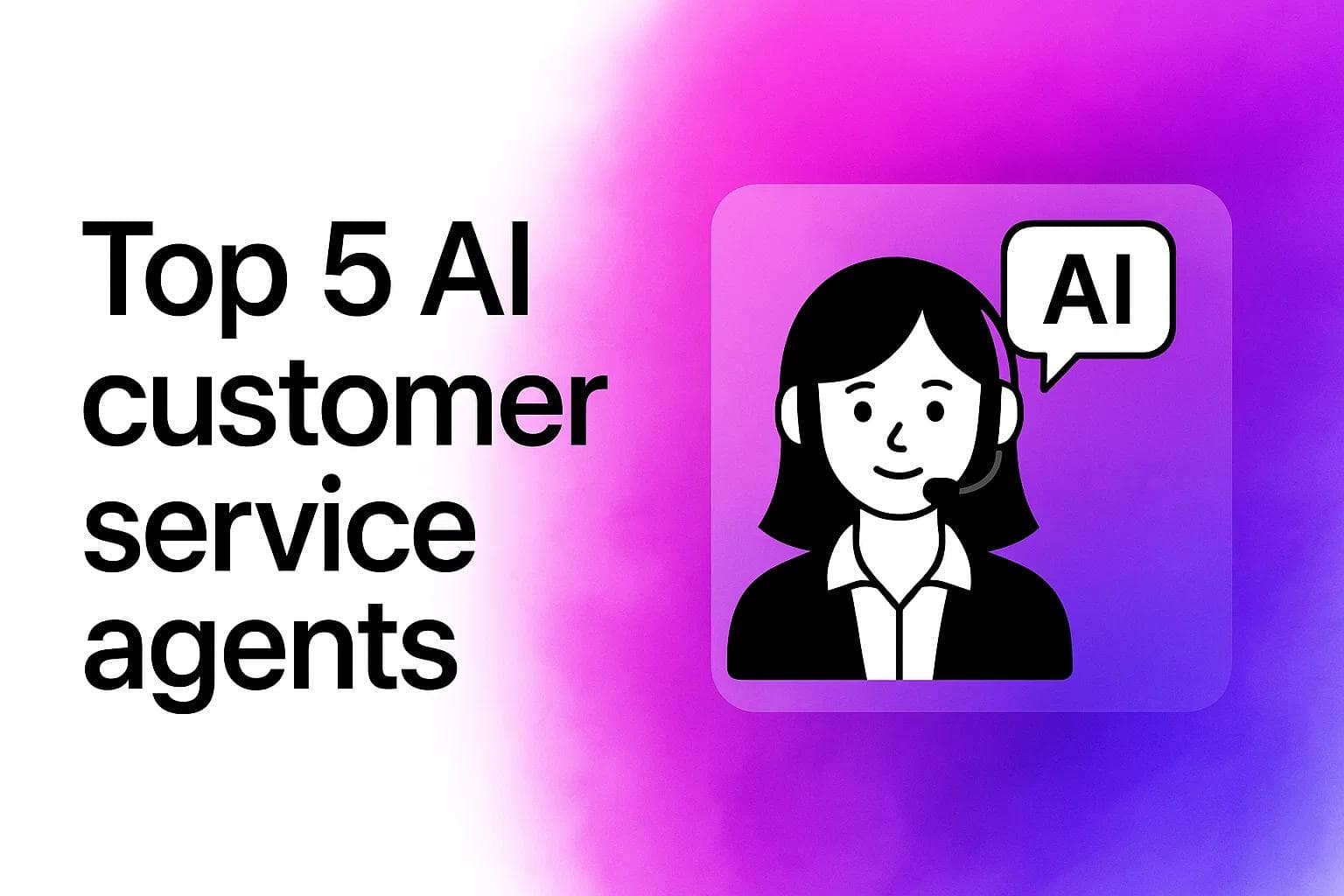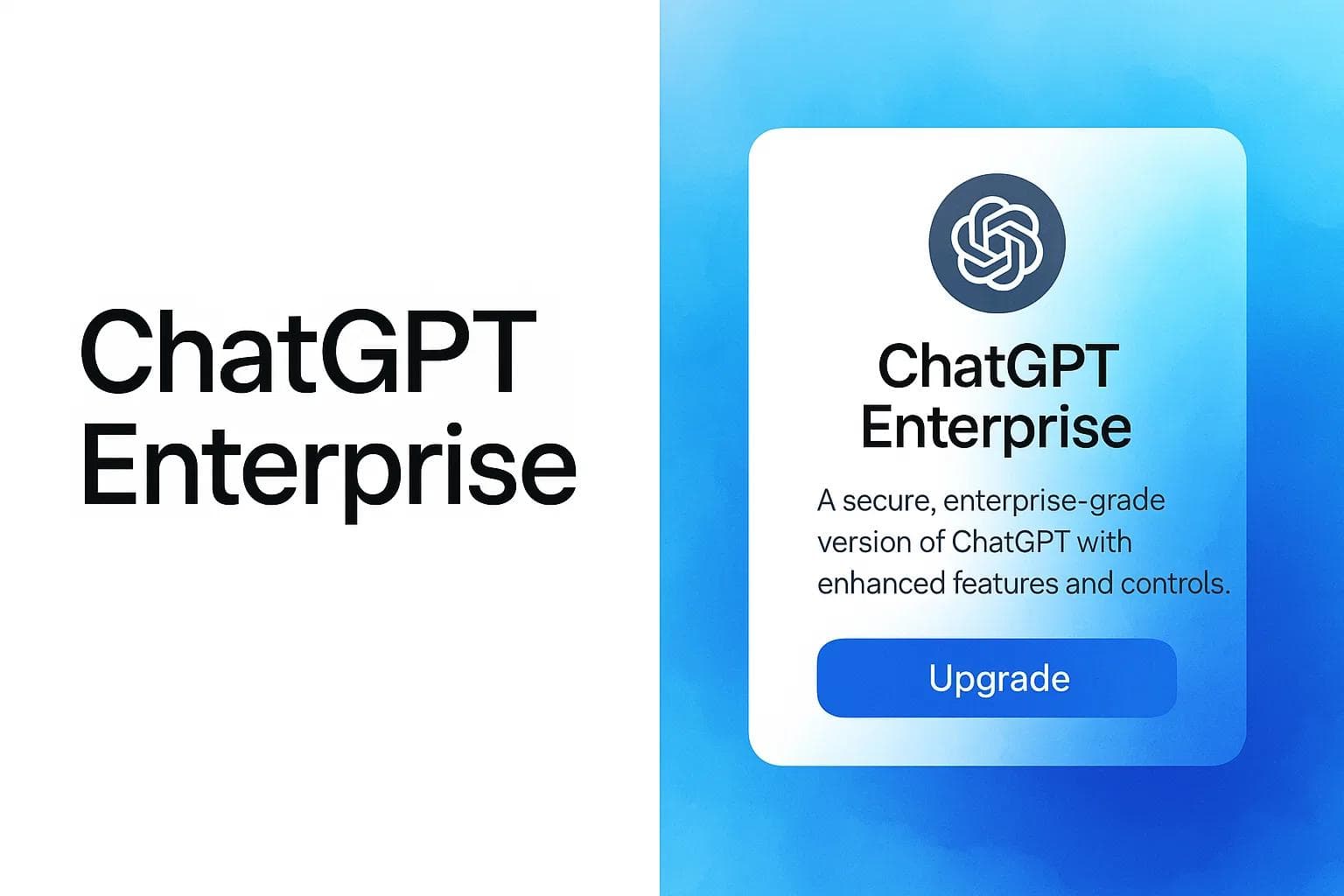AI Customer Support: What Changed Between 2023 and 2025
Max T
Jun 4, 2025
15 min read
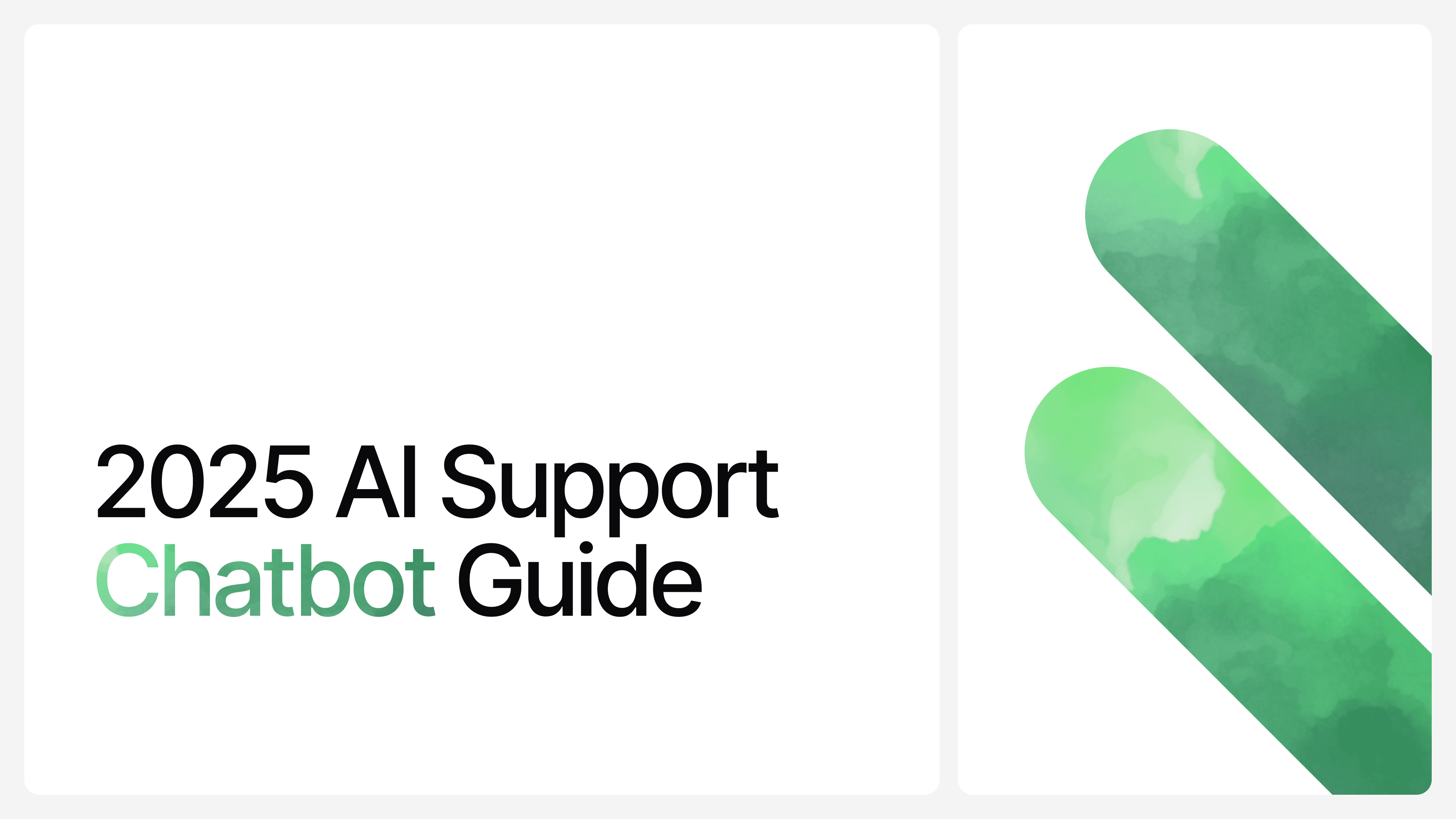
The way businesses handle customer support has gone through a serious glow-up over the last couple of years.
Back in 2023, most “AI support” still meant a chatbot that could rephrase your FAQs or point users to articles. A lot of companies slapped AI labels on what were essentially glorified flowcharts. Sure, it could auto-respond. But the intelligence part? Still shaky. Still very rule-based. Still relying on rigid logic and hardcoded responses.
Fast-forward to 2025, and the landscape looks completely different.
We're not talking about bots that pretend to help anymore. We're talking about systems that actually understand the customer's intent, pull accurate responses from a knowledge base, and can carry full conversations with context, memory, and even actions. The AI isn’t just smarter; it's also way easier to deploy, better at handling edge cases, and flexible enough to work for small teams and enterprise support desks alike.
In this post, we’re going to unpack exactly what changed.
We’ll walk through the core shifts in AI customer support between 2023 and 2025. We’ll break down the tech improvements, the tooling changes, what got better, what got removed, and what it all means if you’re running a business in 2025 and thinking of upgrading your support stack.
Spoiler: AI isn’t optional anymore. But it’s also not complicated like it used to be.
What AI Customer Support Looked Like in 2023
To understand how far things have come, we need to zoom in on what "AI customer support" actually meant back in 2023. Despite all the buzz around ChatGPT and generative AI at the time, most businesses weren’t fully leveraging these advancements in their support stacks.
Here’s what was actually going on under the hood.
1. Most AI Chatbots Were Still Rule-Based
Even though companies were marketing their bots as “AI-powered,” the reality was that a large number of them were still based on decision trees and hardcoded logic.
- You had to manually write if/then conditions.
- Chatbots relied on keyword matching, not actual understanding.
- Changing flows meant rebuilding parts of the bot.
For instance, if a customer typed “I want to change my shipping address,” the bot might get stuck unless it was trained to match that exact phrase. Synonyms or variations like “Can I update my delivery info?” often resulted in failure or confusion.
2. NLP Models Were Not Yet Fully Embedded
Large Language Models (LLMs) like GPT-3.5 and GPT-4 existed in 2023, but they weren’t widely or deeply integrated into customer support tools.
- The average business wasn’t using full LLM-based chatbots.
- Tools that did use GPT APIs were still experimental.
- Response quality depended heavily on manual prompt engineering.
ChatGPT was popular for internal use (like drafting responses), but it wasn’t powering most live, customer-facing bots.
Platforms like Intercom and Zendesk had just started rolling out GPT-style capabilities, but they were more about summarizing tickets or suggesting answers than fully replacing agent responses in real-time.
3. Deployment Was Still a Headache
Setting up a chatbot in 2023 took time.
- You needed structured content, tagged and formatted.
- Many tools required onboarding with engineers or consultants.
- Non-technical teams struggled to get the bot to say the right things.
Even “no-code” builders were limited. If your knowledge base wasn’t clean and structured, the bot would underperform. And if your FAQs weren’t up to date, the bot would echo outdated policies or half-answers.
Speed to deploy was a major bottleneck.
4. AI Was Still Separate From Ticketing
One of the biggest limitations: AI and ticketing systems were still siloed.
- Bots could answer questions, but couldn’t log tickets effectively.
- Human handoffs were clunky or required separate workflows.
- You needed multiple tools to track, tag, and follow up.
Support teams often had to monitor the bot, extract conversations manually, and take over tickets that should have been escalated cleanly.
5. AI Actions Were Rare or Nonexistent
Back in 2023, very few bots could take real actions. Most just responded with pre-written content.
If a user wanted to:
- Check order status
- Book an appointment
- Update an account setting
- Trigger a CRM workflow
They still needed a human agent. That meant extra time, context switching, and user frustration.
In Summary
By the end of 2023, the AI hype was everywhere, but real, useful, deeply integrated AI support was still a work in progress. The majority of chatbots were:
- Rule-based or partially intelligent
- Difficult to deploy without technical help
- Lacking in true interactivity or integration
- Not great at escalation
- Not yet capable of executing support tasks
This set the stage for major improvements over the next two years.
What Changed by 2025 And Why It Matters
The AI customer support landscape in 2025 isn’t just “better” than it was in 2023, it’s fundamentally different. The upgrades didn’t happen at the surface level. They hit every layer: model intelligence, deployment time, integrations, and user experience.
Let’s break down what actually changed, why it mattered, and what it unlocked for businesses.
1. AI Models Got Smarter, More Reliable, and Cheaper
Between 2023 and 2025, we saw major leaps in AI model architecture. OpenAI rolled out GPT-4.5, GPT-4o, Anthropic released Claude 3.7, and Google launched its latest Gemini models, all offering faster, more accurate, and more cost-efficient outputs.
What that meant in practice:
- Fewer hallucinations: Bots were less likely to invent answers.
- Better comprehension: Models understood vague, messy, or multi-intent queries more accurately.
- Stronger context retention: AI could now “remember” details across longer sessions or even across chats (depending on the platform).
- Lower latency: Response times dropped significantly, even under high load.
- Cheaper APIs: The cost of running LLMs dropped, allowing more businesses to deploy them without breaking the bank.
In short: the intelligence became real, usable, and sustainable
2. Setup Went From Days to Minutes
By 2025, deploying a working AI customer support bot became something you could do over coffee.
No more branching flows. No developer bottlenecks. Just:
- Upload your help docs
- Paste your FAQ content
- Hit “train”
- Go live
Platforms like Chatbase made this a reality, allowing teams to launch fully functional AI support bots with custom tone, fallback instructions, and built-in escalations in under 10 minutes.
For fast-moving businesses, this was a game-changer. You didn’t need to hire consultants or dedicate sprints to bot building. Support automation became plug-and-play.
3. AI Took Real Actions, Not Just Gave Answers
In 2023, most AI bots could only tell users what to do. By 2025, they started actually doing it.
AI support in 2025 became action-oriented, bots could now:
- Trigger workflows (e.g., issue a refund or create a return label)
- Access order info, CRM data, or ticket history
- Book appointments
- Check subscription details
- Create and categorize support tickets
- Integrate with tools like Shopify, Slack, or Calendly using natural-language instructions
This was thanks to the rise of AI Actions or Custom Actions, a layer of programmable functions that connected chatbots to the business backend.
For users, this meant instant problem-solving.For businesses, it meant huge time savings.
4. Built-in Escalation Got Smarter and Seamless
One of the biggest frustrations in 2023? Getting stuck in a bot loop.
By 2025, smart AI customer support platforms had learned to hand off more gracefully. The best systems could:
- Detect frustration, confusion, or unresolved intent
- Ask for clarification a couple of times, then escalate
- Preserve conversation history and context for the human agent
- Route tickets to the right department based on intent or keywords
This eliminated the dead-end experience of old-school bots. Customers no longer had to “trick” the bot into handing them over to an agent.
Escalation became smooth, respectful, and built-in, not a fallback.
5. AI and Ticketing Finally Merged
Another quiet but massive shift was the full integration of AI support into ticketing and CRM systems.
By 2025, AI wasn’t just a separate “widget.” It became part of the core support workflow:
- Conversations started with AI and transitioned to agents inside the same dashboard
- All messages were tracked, tagged, and logged with AI-generated summaries
- Internal teams could search through AI transcripts and resolutions
- Insights and metrics from AI interactions fed directly into support analytics
This unified experience helped support teams work faster, reduced duplication, and made handoffs cleaner.
6. The Trust Barrier Got Lower
In 2023, many businesses were still skeptical about letting AI face their customers. Concerns about tone, accuracy, and control were valid and common.
By 2025, that shifted dramatically. Why?
- Models became easier to fine-tune or “coach” with brand voice
- Tools added safe fallback mechanisms and moderation layers
- Confidence grew as AI proved it could handle 60 to 80 percent of inbound questions reliably
- Case studies and benchmarks showed consistent gains in support quality, speed, and cost savings
Trust went up. Usage followed.
7. The Best Tools Got More Accessible
In 2023, enterprise-grade AI was mostly locked behind big platforms or dev-heavy tools.
By 2025, tools like Chatbase flipped that.
- No-code interface: Build, train, and customize without a single line of code
- Instant integrations: Connect Shopify, Slack, email, or Intercom in minutes
- Multi-language support: AI support worked across international audiences out of the box
- Analytics and training feedback: Teams could refine bot performance based on real data
Whether you were a solo founder or a mid-sized SaaS company, getting a polished AI support setup became not just possible, but expected.
In Summary…
The 2023 to 2025 leap wasn’t just a tech upgrade. It was a usability upgrade, a trust upgrade, and a scalability upgrade.
Businesses stopped asking “Should we use AI in support?” And started asking, “How far can we push it?”
The new standard is faster, friendlier, and smarter. You don’t have to choose between automation and empathy. You can get both.
Why You Should Adopt AI Customer Support in 2025 (or Whenever You're Reading This)
If you’re still sitting on the fence, wondering whether now is the right time to invest in AI customer support, here’s the thing:
You’re already late.
That’s not exaggeration or hype. That’s the current reality of support operations across industries. The companies that are winning in 2025 are the ones that have already made AI a core part of how they handle customer service. Not because it's trendy, but because it’s efficient, cost-effective, and actually better for customers.
Let’s break it down clearly.
1. AI Handles the Bulk of Repetitive Support
It doesn’t matter what you’re selling; software, fashion, supplements, services. A huge percentage of support requests fall into repeatable categories:
- “Where’s my order?”
- “How do I reset my password?”
- “Can I change my billing info?”
- “What’s your refund policy?”
- “How do I cancel?”
These are questions that don’t require a human every single time. AI can handle them instantly, accurately, and around the clock. That alone can reduce your support load by 60–80%, depending on your business model.
This isn’t a theory. Companies using tools like Chatbase and others have documented real volume reductions and higher first-contact resolution rates, because AI is now good enough to actually resolve, not just deflect.
2. It Scales With You Without Headcount Stress
Hiring and training customer support reps takes time and budget. As your customer base grows, your support volume goes up. But if your only solution is to throw more agents at the problem, you hit diminishing returns fast.
AI changes that.
A well-trained AI support chatbot can:
- Handle thousands of simultaneous chats
- Answer instantly, 24/7
- Support global time zones
- Do it all without extra salary, training, or burnout
It becomes your first line of defense. Human agents still have a role, especially for edge cases and escalations, but AI does the heavy lifting.
3. Response Time = Conversion Rate
We often think of customer support as a post-sale function. But that’s only half the picture. A good chunk of support chats come from pre-sale visitors:
- People asking about features
- Buyers with checkout questions
- Customers looking for specific details
When those people get fast, accurate answers, they buy. When they wait, they bounce.
Speed matters. In fact, multiple studies show that response time is tightly linked to conversion rates. A 10-second wait can be the difference between a sale and a lost customer.
AI makes you instant.
4. AI Actually Improves Customer Experience (If Done Right)
There’s this outdated fear that “AI = bad experience.” That it’s cold, robotic, and frustrating.
And sure, that was true in 2019. Maybe even in 2021.
But in 2025?
The good platforms let you:
- Inject your brand’s tone of voice
- Train the bot on your docs, policies, and edge cases
- Escalate to humans when needed
- Give smart, accurate, personalized responses
Customers don’t care who is answering; they care if they got their issue resolved quickly, clearly, and respectfully.
If AI does that? They’re happy.
5. AI Lowers Cost Without Lowering Quality
Traditional support staffing is expensive; salaries, software seats, training, QA, and turnover.
AI offsets a huge chunk of that. Not by replacing your team, but by extending them.
You get:
- Fewer inbound tickets
- Shorter queues
- Happier agents (because they’re not stuck answering the same question 50 times a day)
- Higher CSAT scores
It’s not just cheaper. It’s better-run support overall.
6. It's Not That Hard Anymore
This is probably the most important reason: adopting AI customer support in 2025 doesn’t require a dev team or a 3-month migration.
Modern tools like Chatbase let you:
- Upload your help docs
- Customize responses and tone
- Set fallback rules
- Integrate with Slack, Shopify, and others
- Go live in minutes
You’re not rebuilding your entire support process. You’re upgrading it.
The Bottom Line
If you’re running a business today or planning to grow one, AI customer support is not optional anymore. It's foundational.
You get better service for customers, better working conditions for your team, and better margins for your business.
You don’t need to be a giant enterprise to benefit. You just need to pick the right tool, one that gives you smart automation and clean handoffs.
Chatbase is one of the fastest ways to get there. It gives you everything you need to launch a high-performing AI customer support chatbot quickly, and it includes escalation options so human agents can step in when needed.
You get the best of both worlds.
How to Choose the Right AI Customer Support Tool in 2025
At this point, you probably get it; AI isn’t just a “nice to have” anymore. It’s a core part of running efficient, scalable, and responsive support.
But with dozens of tools out there, how do you know which one to go for?
Here’s a checklist to help you pick the right AI customer support solution, whether you’re a startup, a mid-sized business, or growing fast.
The 2025 Buyer’s Checklist
- Fast setup: You shouldn’t need developers or weeks of onboarding. A good tool should get you from zero to live in under an hour….ideally, minutes.
- Accurate, brand-aligned responses: Your chatbot should sound like you. Look for a platform that allows you to customize the tone and review/edit answers.
- Reliable LLMs under the hood: Make sure the tool is powered by strong AI models (GPT-4, Claude, Gemini, etc.) and lets you choose or fine-tune where needed.
- Built-in fallback/escalation: You will need human agents sometimes. The right tool knows when to escalate and does it without losing context.
- Action-ready AI, not just text-based replies: The best chatbots can do things; check orders, book appointments, trigger actions, not just give instructions.
- Integrations with your stack: Shopify, Intercom, Notion, Slack, HelpScout; whatever you use, the bot should work with it.
- Analytics & learning: You should be able to track performance, spot weak answers, and train your bot continuously.
One Tool That Ticks Every Box?
Chatbase.
It gives you:
- Rapid deployment; get a live AI customer support chatbot running in just minutes.
- Seamless integration with your existing tools.
- Access to top-tier AI models.
- Powerful customization options.
- Escalation workflows that don’t leave customers stranded.
- And a clean interface, your team won’t hate.
If you're serious about leveling up your support in 2025 (or whenever you're reading this), Chatbase gives you the foundation to do it properly, without complexity, without bloat, and without compromise.
→ Sign up for Chatbase and build a smarter, faster, more scalable support system today.
Share this article:
